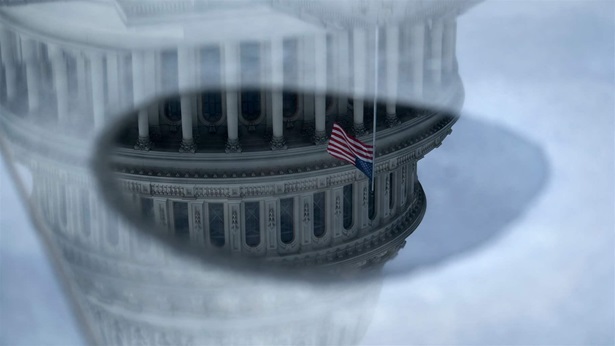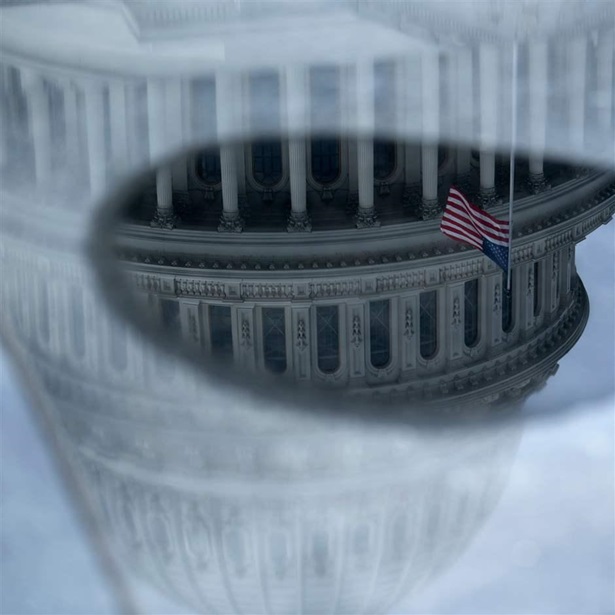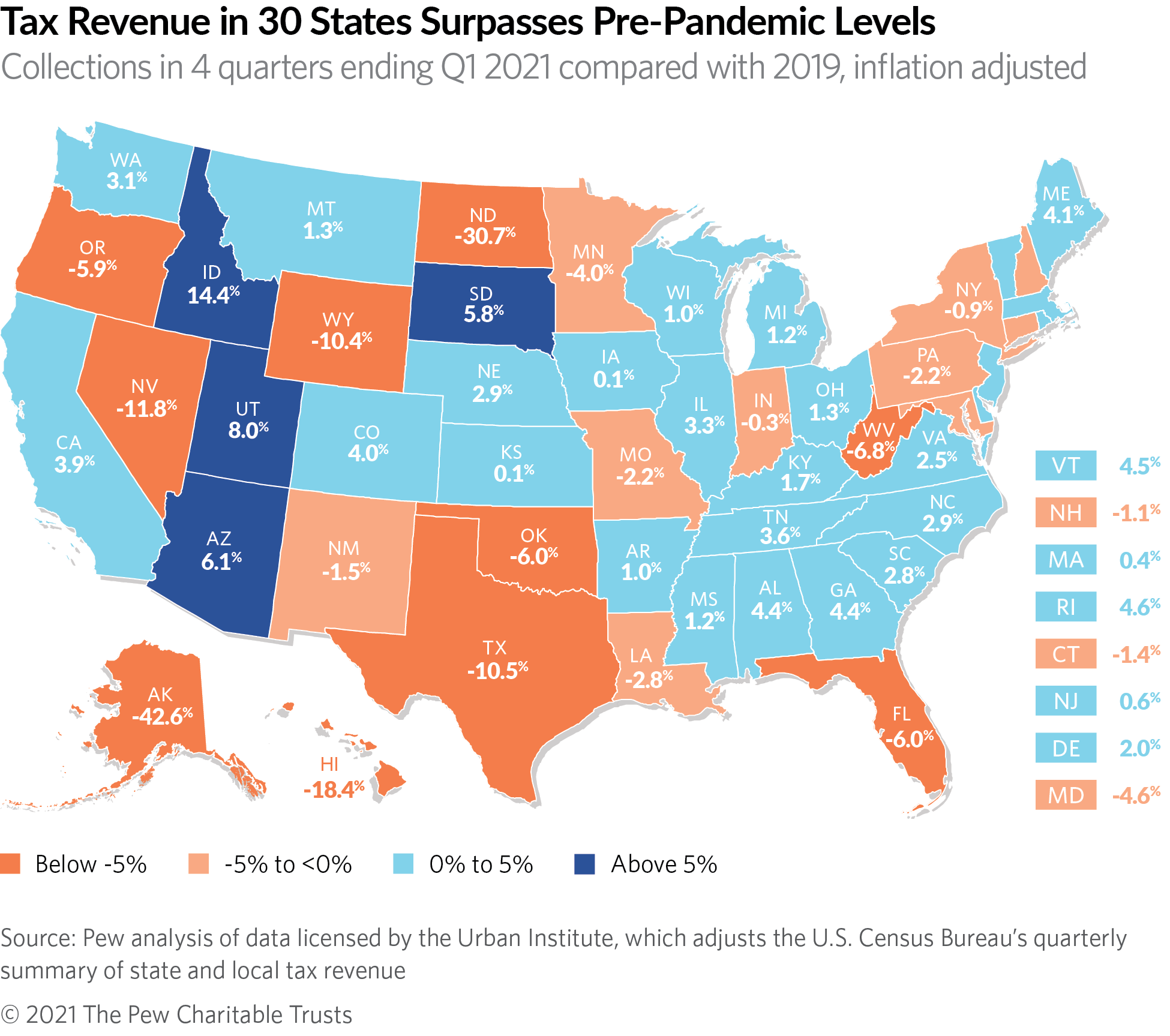States’ Tax Revenue Recovery Improves at Start of 2021
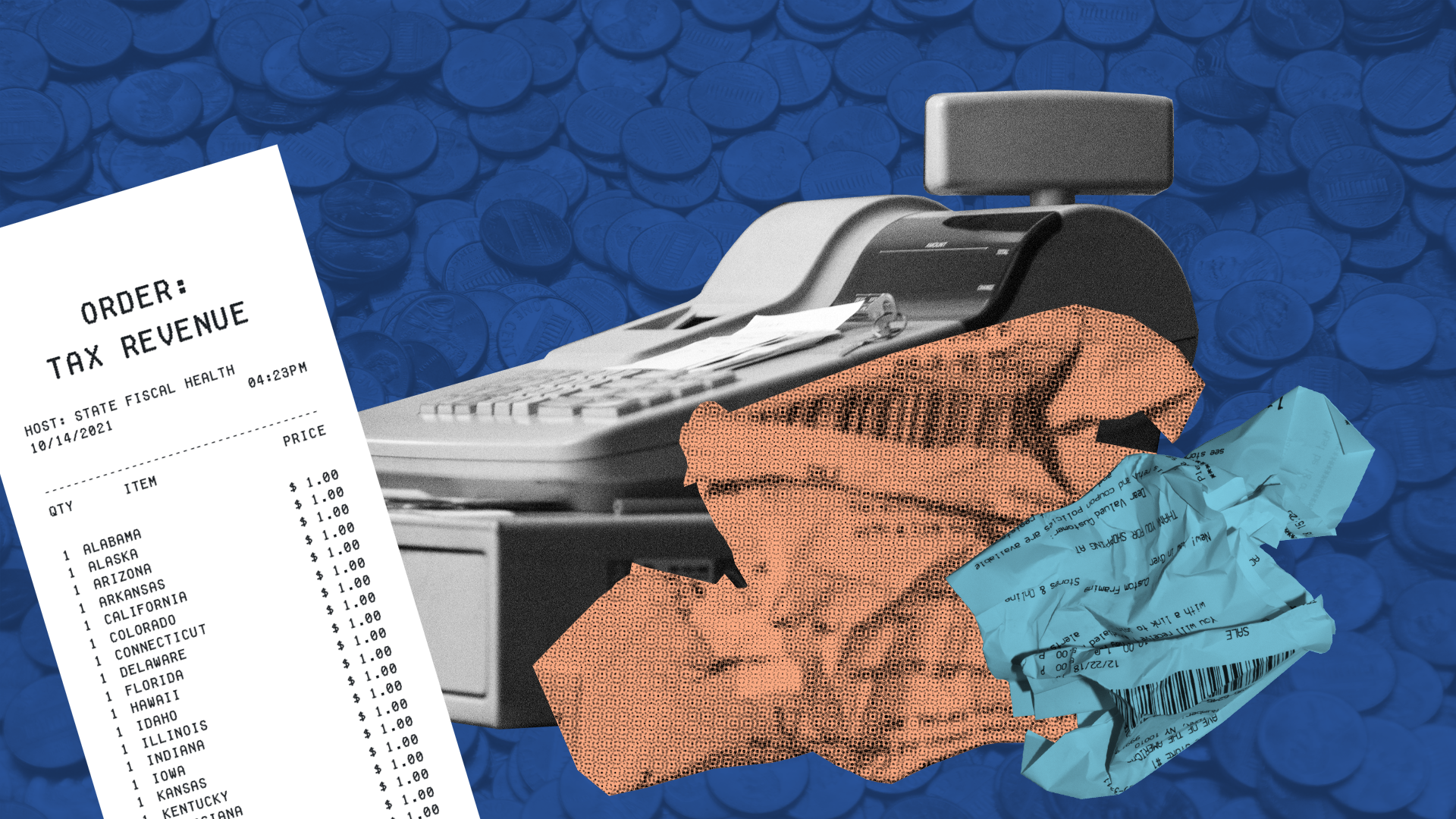
Note: This data has been updated. To see the most recent data and analysis, visit Fiscal 50.
Tax revenue in a majority of states had rallied to pre-pandemic levels by the end of the first quarter of 2021, but total collections nationwide and those in 20 states had yet to fully recover, after adjusting for inflation. Preliminary estimates showed that tax revenue continued to grow widely in ensuing months, reflecting states’ brightening fiscal outlooks as the recession’s impacts waned—though threats from COVID-19 persisted.
Less than a year after state tax revenue took its steepest plunge in at least 25 years, total collections were just 0.1% below their 2019 pre-pandemic level by the end of the first quarter of this year, after adjusting for inflation and averaging across four quarters to smooth seasonal fluctuations.
But the national trend obscures a hallmark of the pandemic-induced 2020 recession: sharply divergent effects on state tax revenue and the speed of its recovery. A majority of states (30) posted greater receipts during the four quarters ending in March of this year than in the four quarters preceding the pandemic. In Idaho, collections were as much as 14.4% higher than in the year leading up to the pandemic. However, six of the 20 states still collecting less posted double-digit declines, including a 42.6% drop in Alaska.
In the first quarter alone, about four-fifths of states (41) posted year-over-year tax revenue gains, but it wasn’t enough to collectively overcome the historic declines incurred during the second quarter of 2020, when many businesses, schools, and much of the economy temporarily shut down to stop the spread of the virus.
Preliminary monthly data from the Urban Institute through July 2021—the start of the fiscal year for most states—shows total tax revenue continued to grow. The data suggests that most states closed out their 2021 budgets with annual gains and that total quarterly collections were poised to return to pre-pandemic levels in the second quarter of this year—much faster than the five years it took receipts to rebound after the Great Recession.
Variation in the size and speed of states’ revenue rebounds was due to a mix of factors, including each state’s economic makeup, the share of jobs that could be performed remotely, the mix of taxes imposed, and differences in COVID-19 caseloads and public health restrictions, such as temporary business closures and limits on gathering sizes.
The pandemic’s sudden onset and widespread disruptions to daily life in March 2020 triggered a sharper decline in total state tax revenue than was recorded during at least the past two recessions—though total losses have not been as deep and the recovery got off to a quicker start.
States’ fiscal outlooks improved considerably in the first half of 2021 with the increasing pace of vaccinations, the easing of public health restrictions, strong national economic growth, and a historic infusion of nearly $2 trillion in federal aid for taxpayers, businesses, and state and local governments through the American Rescue Plan Act of 2021. In fact, many states recorded unanticipated budget surpluses driven by revenues exceeding forecasts from earlier in the pandemic, according to the National Association of State Budget Officers.
Still, the recent spike in COVID-19 cases amid the emergence of the delta variant is hampering the national economic recovery and could weaken state revenue collections in the coming months.
Revenue losses have not been as dire as many states and economic experts had expected during the early days of the pandemic, thanks to factors such as federal aid that helped support businesses and unemployed workers, a quicker fall in unemployment rates than originally anticipated, and job stability in higher-wage professions that were able to pivot to remote work.
In addition, near-record levels of rainy day funds and the significant federal aid have given states extra breathing room in their budgets that they never had after the Great Recession.
State highlights
A comparison of tax receipts in the first quarter of 2021 with pre-pandemic levels, averaged across four quarters and adjusted for inflation, shows:
- Tax revenue exceeded its pre-pandemic levels in 30 states, ranging from 14.4% higher in Idaho and 8% higher in Utah to less than half of a percent higher in Massachusetts, Iowa, and Kansas.
- Ten states’ collections returned to pre-pandemic levels for the first time in the first quarter of 2021: Kansas (0.1%), Iowa (0.1%), Massachusetts (0.4%), New Jersey (0.6%), Wisconsin (1%), Arkansas (1%), Michigan (1.2%), Mississippi (1.2%), Delaware (2%), and South Carolina (2.8%).
- Alaska (-42.6%) was furthest below its pre-pandemic level. This means that, after adjusting for inflation, Alaska took in about 57 cents in the four quarters ending March 31, 2021, for every $1 it collected in pre-pandemic 2019, after adjusting for inflation. Because it does not levy personal income or general sales taxes, Alaska is highly dependent on oil-related severance tax revenue, which began falling as production and prices declined in the mid-2010s and fell further as prices plunged in early 2020.
- Nine other states’ collections were down more than 5%: North Dakota (-30.7%), Hawaii (-18.4%), Nevada (-11.8%), Texas (-10.5%), Wyoming (-10.4%), West Virginia (-6.8%), Oklahoma (-6%), Florida (-6%), and Oregon (-5.9%). Since the start of the recession, oil-producing states, such as Alaska and North Dakota, and those reliant on tourism, such as Florida, Hawaii, and Nevada, have had some of the deepest declines in tax revenue.
Recent trends
Although total tax revenue for the 12 months through Q1 2021 was down compared with 2019 levels, the first quarter of 2021 boosted states’ recovery momentum. Overall, collections grew 7.6% from a year earlier—the third consecutive year-over-year quarterly gain and strongest first quarter growth rate in a decade.
Among the 41 states with higher revenue in the first quarter of 2021 than in the same quarter a year before, gains ranged from more than 15% in Arizona, California, Delaware, Michigan, and Oregon to less than 1% in West Virginia.
Nine states bucked the national trend and took in less tax revenue in the first quarter: Alaska (-47.5%), North Dakota (-19.1%), Hawaii (-12.9%), Wyoming (-10.5%), Texas (-7.8%), New Mexico (-6.1%), Nevada (-4%), Maryland (-2.8%), and Oklahoma (-2.2%). Declines in these states were driven largely by drops in severance taxes on oil and minerals or sales taxes on goods and services.
Personal income taxes, which are the largest source of total state tax revenue, grew by 16% in the first quarter of 2021—the strongest first-quarter annual growth rate in at least 14 years, according to data from the Urban Institute. Sales taxes, which are the second-largest source, also posted a gain of 1.1%, slightly lower than the previous two quarters.
Both personal income and sales taxes were expected to strengthen further as states lifted public health restrictions designed to stem the spread of the virus, unemployment rates fell, and additional federal aid flowed to individuals and businesses. Although personal income tax growth has driven states’ overall tax revenue recovery since mid-2020, sales taxes were poised to drive further gains in part because of an unleashing of pent-up consumer demand. A resurgence of COVID-19 cases, though, could dampen future sales and personal income tax growth.
State budgets do not adjust revenue for inflation, so percentage changes presented here may differ from tax revenue figures in states’ documents. Without adjusting for inflation, the sum of 50-state tax revenue during the four quarters ending Q1 2021 was 1.6% above the same period in 2019, and tax collections had fully recovered in 35 states. Unadjusted figures do not take into account changes in the price of goods and services.
Adjusting for inflation is just one way to evaluate state tax revenue changes. Different insights would be gained by tracking revenue relative to population growth or state economic output.
Download the data to see individual state trends from the first quarter of 2006 to the first quarter of 2021. Visit The Pew Charitable Trusts’ interactive resource Fiscal 50: State Trends and Analysis to sort and analyze data for other indicators of state fiscal health.


America’s Overdose Crisis
Sign up for our five-email course explaining the overdose crisis in America, the state of treatment access, and ways to improve care
Sign up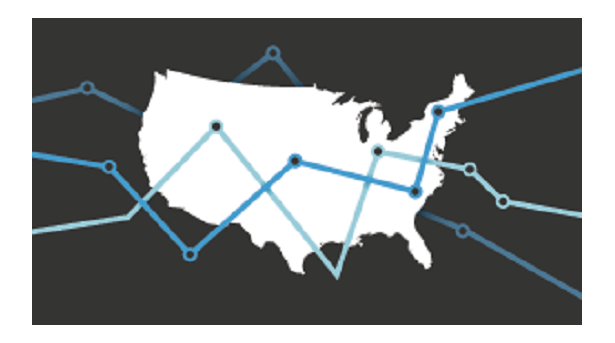
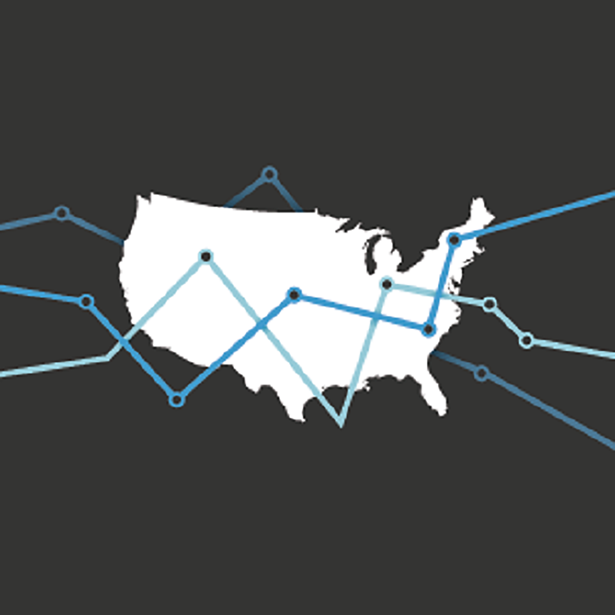
Fiscal 50: State Trends and Analysis
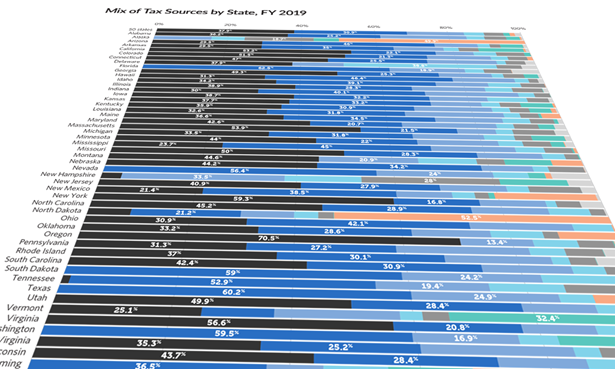
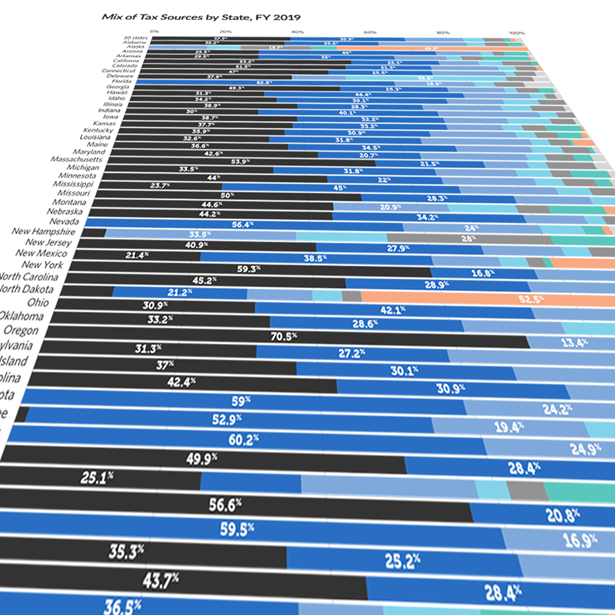
How States Raise Their Tax Dollars, FY 2019
